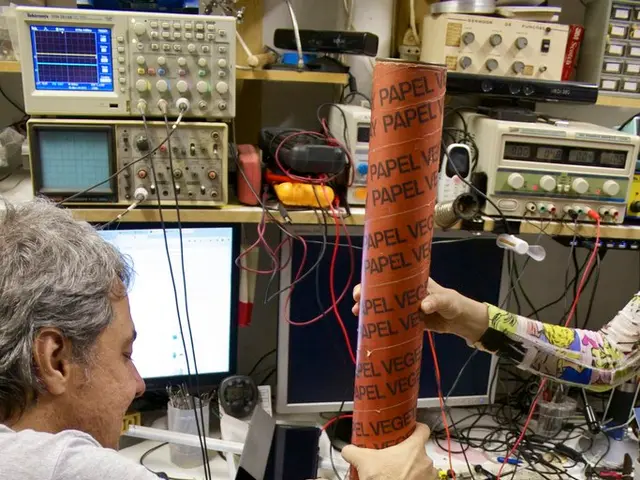Exploring the Tomorrow's Energy World with Magnetic Engines: Pioneering Technologies Revolutionizing the Energy Sphere
Magnetic motors, particularly those using permanent magnets like neodymium-iron-boron (NdFeB), are set to transform energy systems, transportation, and renewable energy integration. These innovative motors offer significant advantages over traditional motors, including high efficiency, high power and torque density, compactness, reliability, and reduced mechanical wear.
Key Benefits of Magnetic Motors
High Efficiency and Power Density
Permanent magnet (PM) motors deliver superior torque and power density, enabling smaller and lighter units without compromising performance. This is crucial for vehicles, drones, and portable industrial machinery.
Reduced Mechanical Wear and Maintenance
Magnetic motors often incorporate frictionless components like magnetic bearings and magnetic couplings, reducing wear and extending machine life. This leads to lower maintenance costs and higher reliability.
Compact and Lightweight Design
The high holding force and stability of strong permanent magnets allow magnetic motors to be more compact and lightweight, essential for transportation applications where weight and space are critical.
Precision and Repeatability
Magnetic motors enable precise control and repeatability in automation and robotics, important for manufacturing and energy grid stabilization.
Improved Thermal Management and Energy Efficiency
Innovations in magnet materials and topology optimization enhance thermal dissipation and reduce losses, further improving motor efficiency.
Potential Applications
Energy Systems
Magnetic motors can be integrated into smart grids for efficient, adaptable power generation and storage. They can also be used in turbines and generators, offering energy-efficient industrial drives that support renewable sources.
Transportation
Electric vehicles (EVs) and drones can benefit from compact, high-torque PM motors for propulsion, enabling longer range and better energy efficiency. Reliable, lightweight motors can also reduce energy consumption and emissions.
Renewable Energy Integration
Magnetic motors can drive wind turbines and solar tracking systems with high efficiency, enabling compact energy storage and conversion units that improve grid stability and renewable resource utilization.
Emerging technologies like hairpin windings are enhancing motor manufacturability, reliability, and automation readiness for transportation sectors, supporting green energy goals.
Environmental Benefits
Magnetic motors have environmental benefits, including reduced energy consumption, minimized waste, and recyclability. They can provide off-the-grid energy solutions for remote home power generation and autonomous transport vehicles.
The Magnetic Motor Company is a pioneering case study in magnetic motor technology, showcasing practical applications and potential for widespread adoption. As the energy sector advances, the role of magnetic motors will grow increasingly important. Understanding the core principles and applications of magnetic motors equips individuals to embrace and shape this evolving energy future. Ongoing research and testing efforts aim to validate the practicality and feasibility of magnetic motors for real-world applications.
- With their high efficiency and compact design, magnetic motors can potentially be used in the creation of off-the-grid energy solutions, such as powering remote homes or autonomous transport vehicles.
- In the field of renewable energy, magnetic motors can drive wind turbines and solar tracking systems, contributing to improved grid stability and increased utilization of renewable energy resources by enabling compact energy storage and conversion units.




